Hydrangeas are popular flowering plants known for their showy and vibrant blooms, which can change color based on the acidity of the soil.
Growing these beautiful plants to their full potential often involves creating the ideal soil environment, particularly in terms of acidity.
Making soil acidic for hydrangeas is essential for the health and vibrancy of the plant.
By understanding the specific needs of hydrangeas, gardeners can create the perfect environment for these stunning plants and help them flourish.
Understanding Soil pH
Soil pH is a measure of how acidic or alkaline the soil is, ranging from 0 to 14, with 7 being neutral.
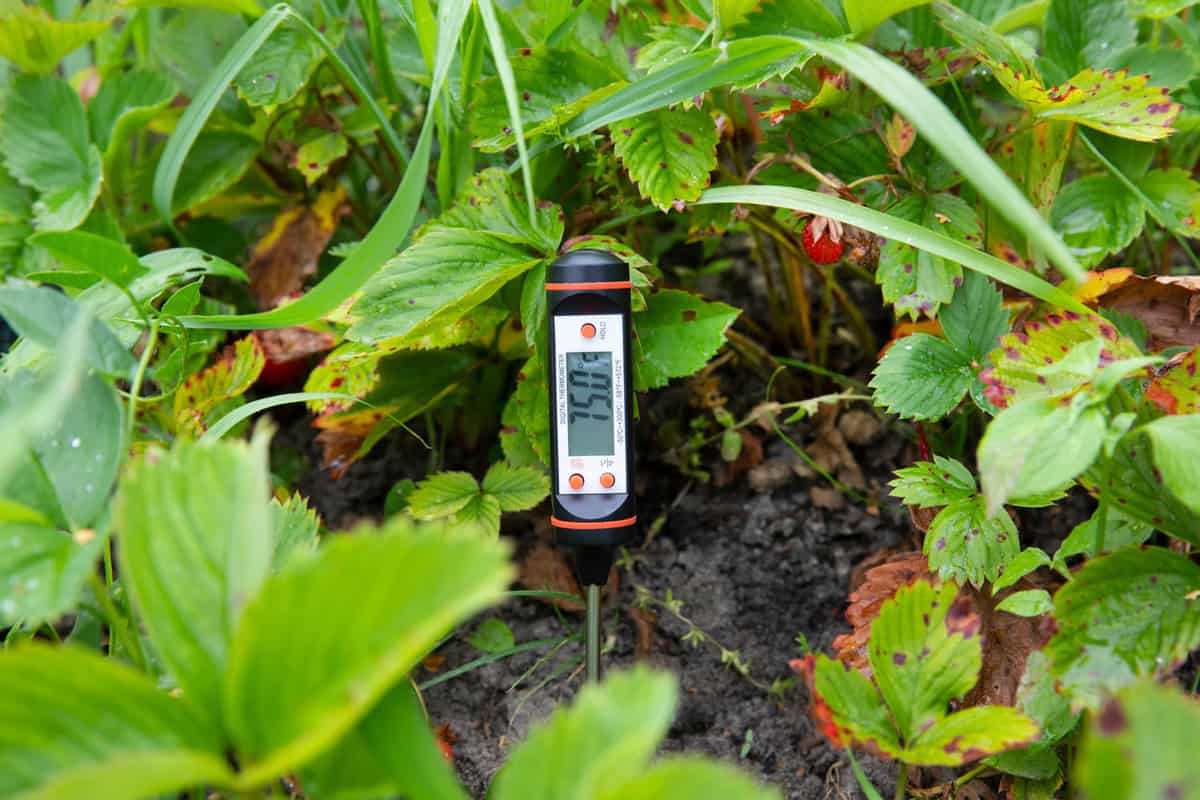
A pH value below 7 indicates acidity, while above 7 indicates alkalinity.
This seemingly minor detail holds the power to influence plant growth and health in extraordinary ways.
Read more: Why Soil PH Matters: Ensuring Your Garden’s Health And Success.
Hydrangeas' Preferential Palette
Hydrangeas possess a rather particular preference when it comes to their soil's acidity.
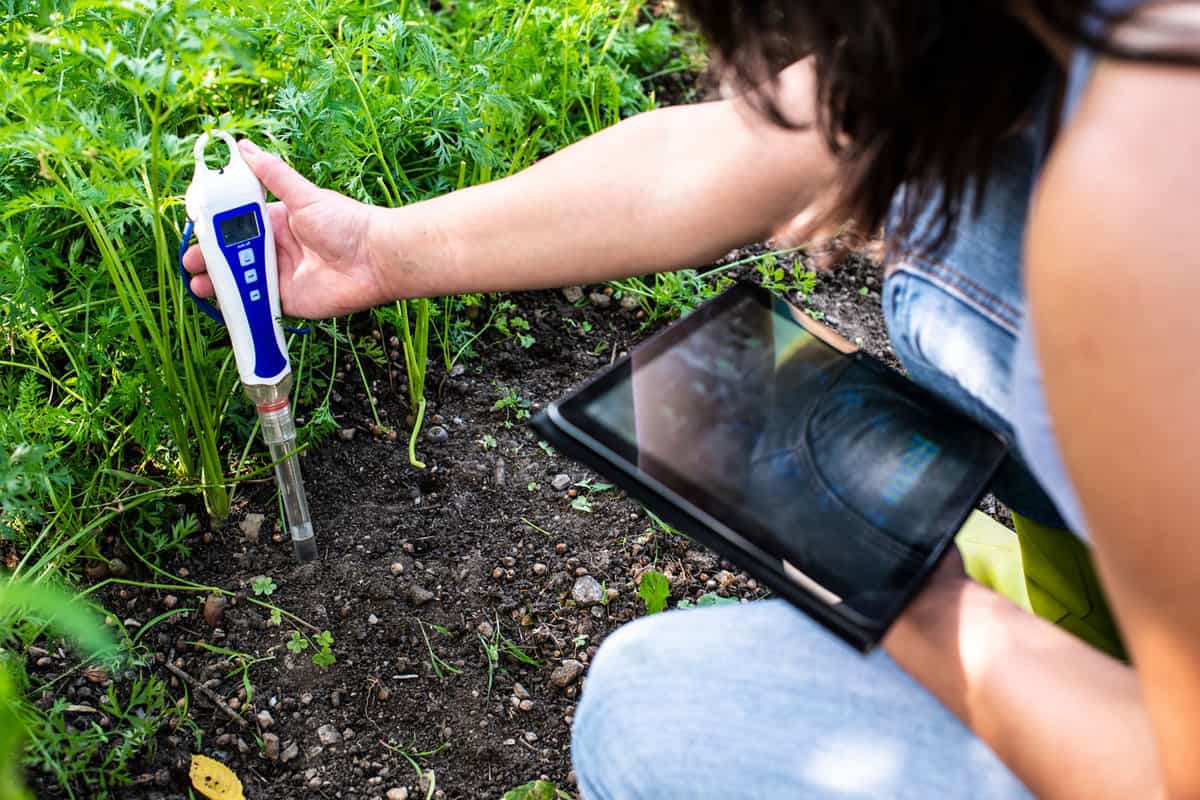
These flowers thrive best in slightly acidic to neutral soil, with a pH range between 5.5 and 7.
Within this range lies the secret to their optimal growth and development.
The Color Symphony
Now, here's where the magic of soil pH and hydrangeas truly unfolds – the captivating transformation of flower colors.
Among the many varieties of hydrangeas, the Bigleaf hydrangea (Hydrangea macrophylla) steals the limelight with its astonishing color-changing ability.
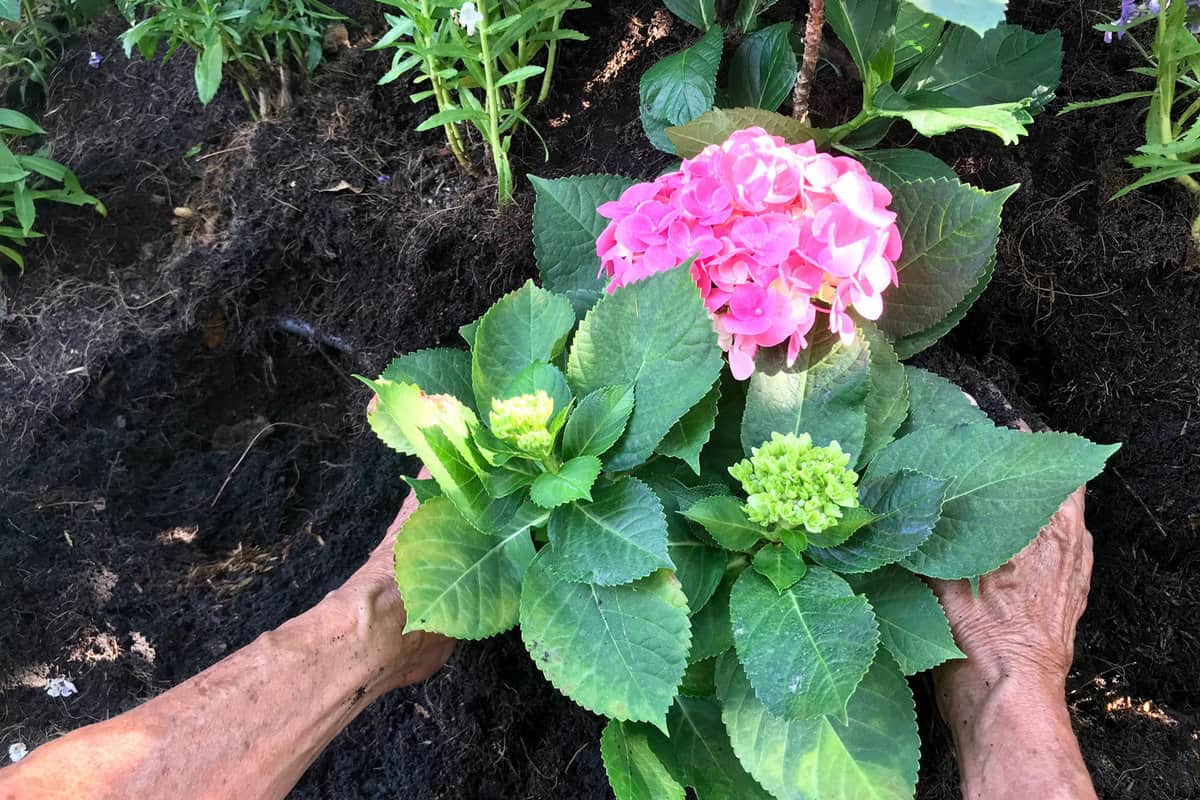
But how does this happen?
In acidic soil (pH below 6), the Bigleaf hydrangea's blooms showcase a mesmerizing hue of blue.
This color transformation is attributed to the presence of aluminum ions in the soil.
This, in turn, is made available to the plant's roots under acidic conditions.
The plant's ability to absorb these aluminum ions leads to the remarkable blue pigmentation of its flowers.
On the other hand, when the soil's pH rises above 6 and becomes more alkaline, a fascinating change takes place.
The Bigleaf hydrangea's blooms turn shades of pink, owing to the unavailability of aluminum ions under alkaline conditions.
Instead, the flower pigments are influenced by other factors, resulting in delightful pink hues.
Testing and Adjusting Soil pH

Understanding and managing soil pH is a vital factor that can make or break the success of gardens.
The Importance of Understanding Soil pH
Testing soil pH is the essential starting point. You must determine the soil's pH before making any adjustments.
Testing Soil pH
There are a couple of methods available to suit every gardener's preference and budget when it comes to testing soil pH.
Soil Test Kits
These kits are readily available at garden centers and online stores.
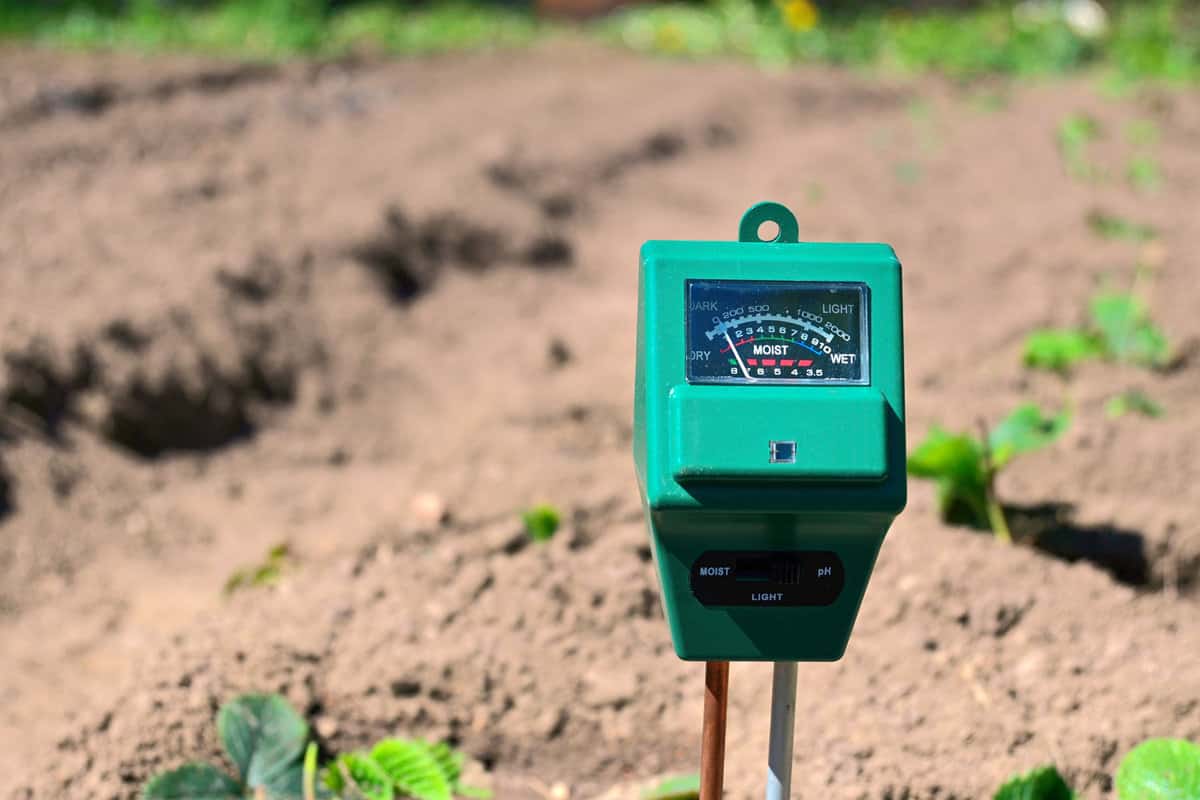
They come equipped with easy-to-follow instructions and everything you need to collect soil samples and perform the test at home.
A simple color change indicates the pH level, providing valuable insights into the acidity or alkalinity of your soil.
Laboratory Analysis
For a more comprehensive and accurate assessment, consider sending a soil sample to a local agricultural extension office. You can also go to a specialized laboratory for analysis.
These professionals will analyze your soil, providing detailed reports on pH levels, nutrient content, and any necessary recommendations.
The Importance of Regular Testing
Just as weather changes and seasons evolve, so does the chemistry of the soil. This is why regular testing is the gardener's secret weapon.
Soil pH is not a static value; it can fluctuate over time due to various factors, including rainfall, plant uptake, and the use of fertilizers or amendments.
Monitor and Adjust
With a thorough understanding of your soil's pH, you can now adjust it to suit your plants' needs.
If your test reveals an imbalance, there are various methods to fine-tune your soil pH.
Making Soil Acidic
You can consider adding organic matter like peat moss. You can also add compost for plants like hydrangeas that prefer acidic soil.
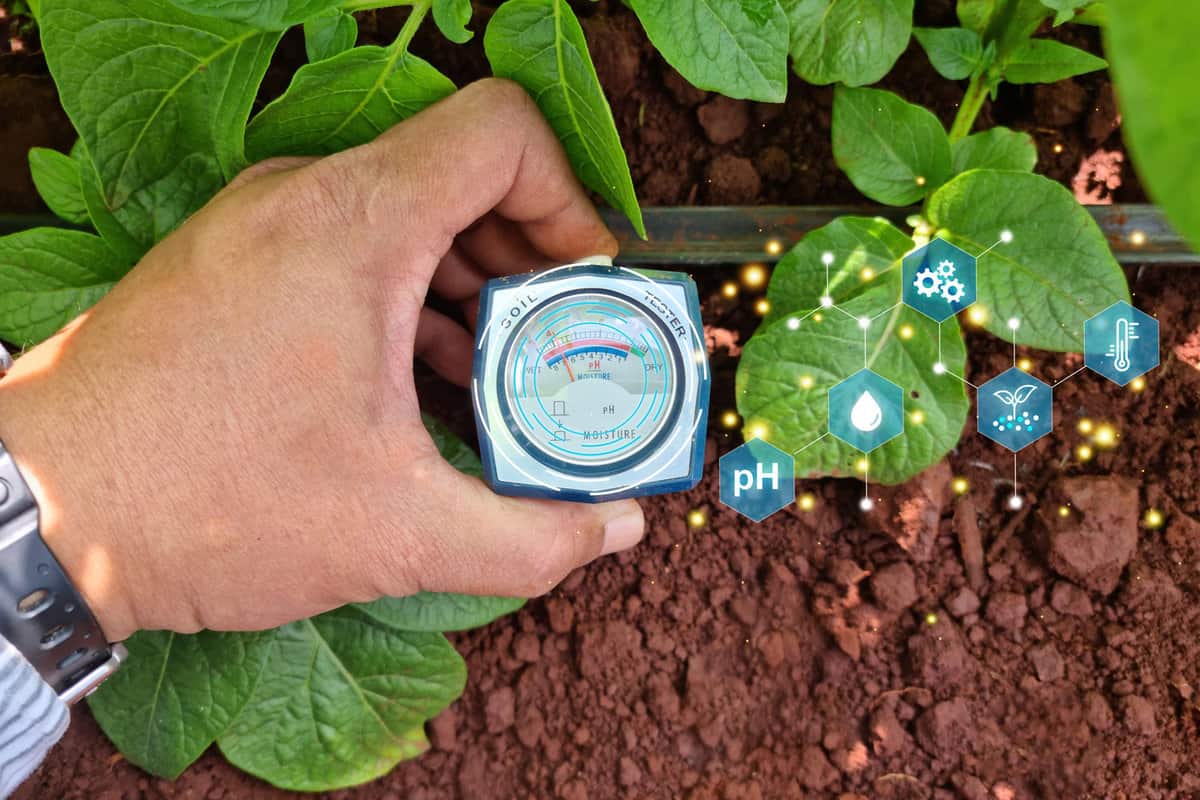
Or you can try using acidifying fertilizers.
These adjustments can help your acid-loving plants thrive and blossom in their preferred environment.
Neutralizing Alkaline Soil
If your soil is too alkaline for certain plants, you can add agricultural lime.
Another option is to add other alkaline amendments to bring the pH closer to neutral.
As you make adjustments, remember that soil pH is dynamic, influenced by seasonal changes and plant growth.
Regular testing is essential to fine-tune your soil and provide your garden with the best possible environment.
Considerations When Planting and Growing Hydrangeas
Timing is Everything: Planting for Root Establishment
Timing plays a crucial role when it comes to planting hydrangeas.
Fall
Spring and fall are the ideal time to plant hydrangeas for many regions.
During this season, the soil is still warm from summer, while cooler air temperatures promote less stress on the plant.
This gives hydrangeas the opportunity to establish their root systems before the harshness of winter arrives.
Early Spring
If you miss the fall planting window, early spring is the next best opportunity.
As winter subsides, and the ground thaws, hydrangeas can flourish with ease.
Regional Relevance: Selecting the Right Variety
In the world of hydrangeas, each variety has its preferences and tolerances when it comes to climate.
To ensure a successful and thriving garden, consider the regional climate when selecting hydrangea varieties.
Cold-Climate
For regions with harsh winters and chilly temperatures, consider varieties like the Panicle hydrangea (Hydrangea paniculata).

You can also consider the Oakleaf hydrangea (Hydrangea quercifolia).
These hardy varieties can withstand the cold and delight you with their blooms come spring.
Warm-Climate Wonders
In warmer regions, turn your attention to the Bigleaf hydrangea (Hydrangea macrophylla) or the Smooth hydrangea (Hydrangea arborescens).
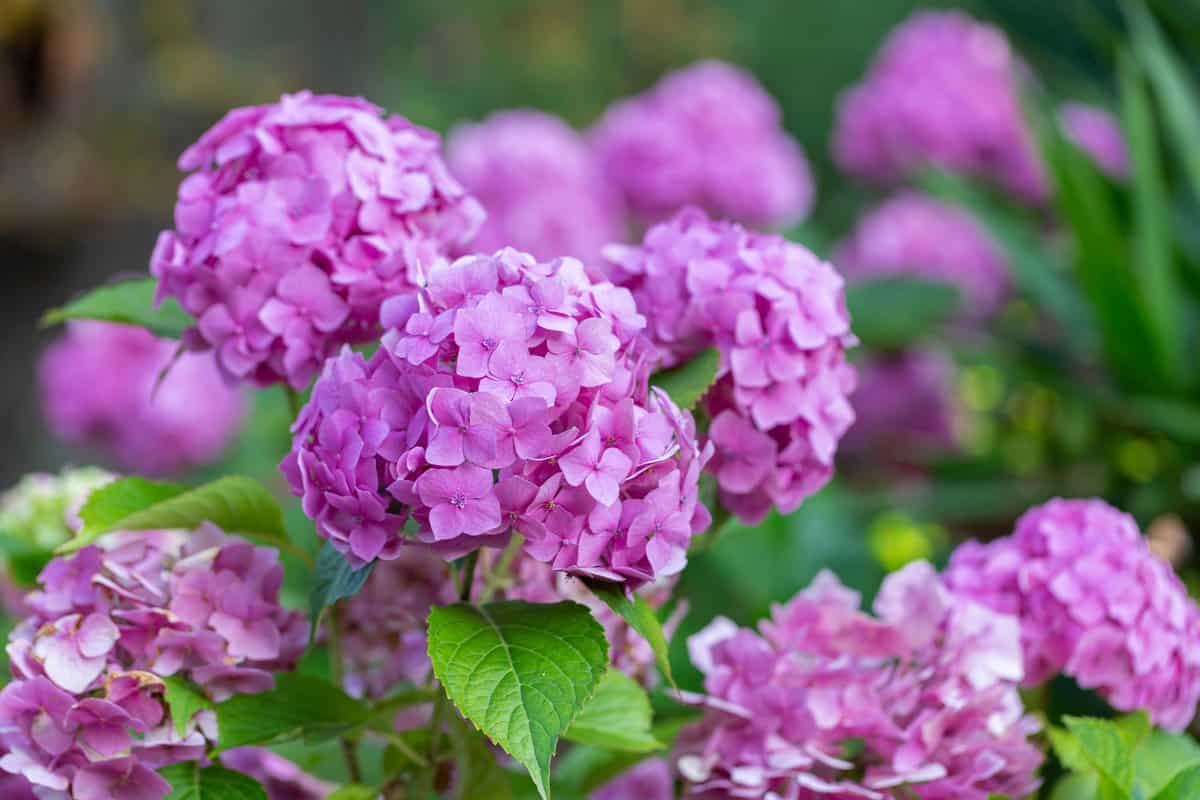
These varieties thrive in milder climates, filling your garden with their showy blooms.
Preparing the Perfect Bed: Soil and Drainage
Hydrangeas need well-prepared soil and proper drainage.
Loosen the Soil

Hydrangeas favor loose, well-draining soil. Loosen the earth with a shovel or tiller to ensure the roots can spread and breathe.
Read more: Do Hydrangeas Have Invasive Roots?
Organic Delight
Enrich the soil with organic matter like compost or well-rotted manure. This adds nutrients and enhances the soil's ability to retain moisture.
Mindful of pH
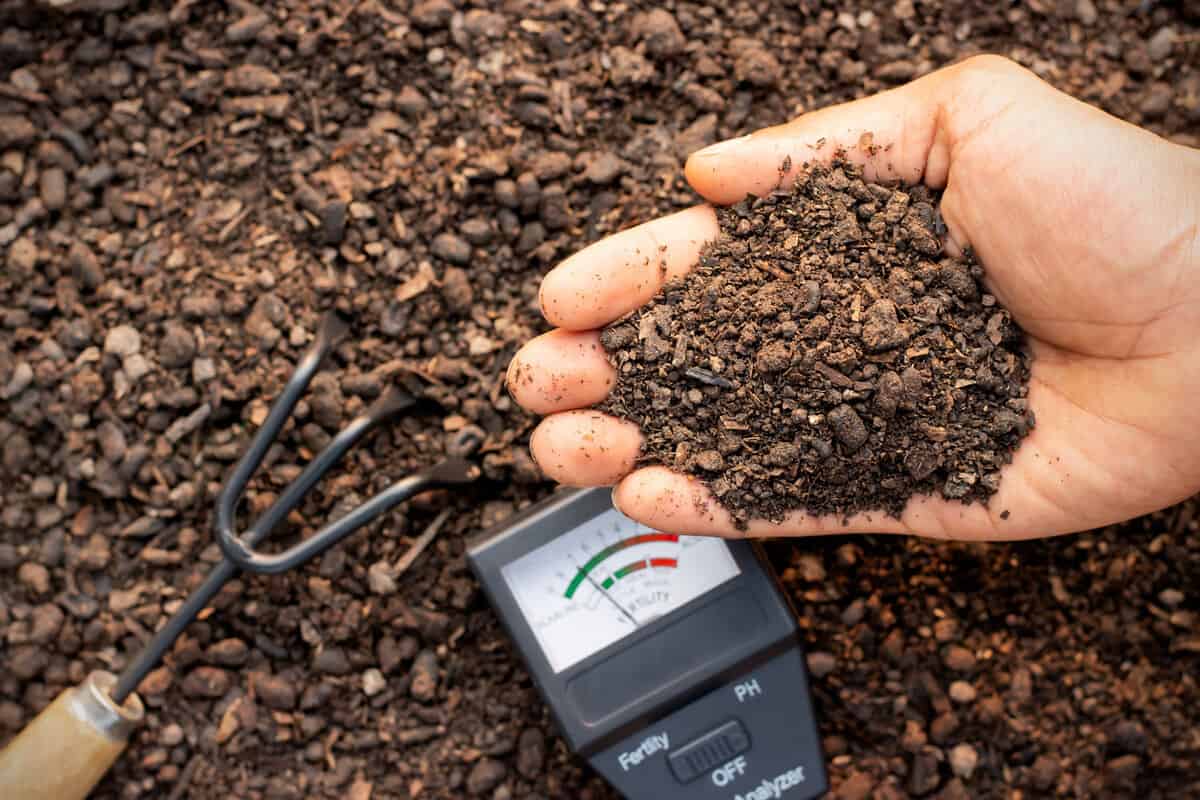
As we've learned, hydrangeas prefer acidic to neutral soil. Test your soil's pH and make any necessary adjustments to create the ideal environment.
Drainage Matters
Hydrangeas do not thrive with soggy roots. Ensure the planting site has good drainage to prevent waterlogged roots, which can lead to stress and poor growth.
Read more: Do Hydrangeas Like Soggy Soil? [And How Often To Water One]
In a Blooming Finale: Let's Get Gardening!
It's amazing how soil pH affects the blooms of hydrangea. We hope you learned everything you need to know about hydrangeas and soil pH levels.
You can also learn more about proper drainage tips when you visit How To Improve Drainage In Potted Plants!

